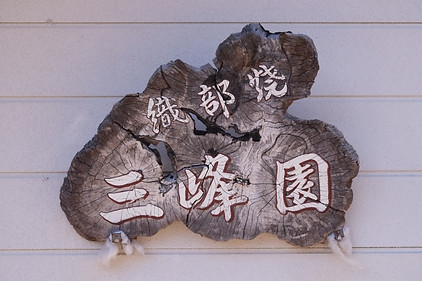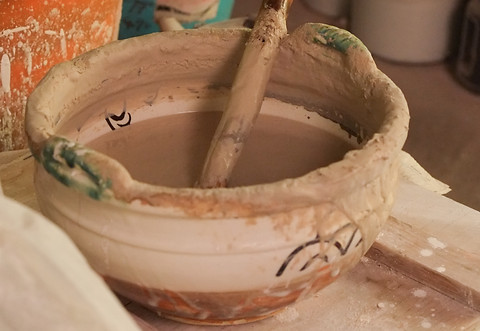Visiting
THE SETO-YAKI KILN
Seto ware is produced in Kamamoto-cho, Seto City, in the northeastern part of Owari in Aichi Prefecture.
This time, we visited the pottery "Sanpouen-gama" where Asemi Co's Seto-yaki cups are being made.



Sanpouen-gama is located in the Akatsu area, which runs through the town of Seto and is lined with traditional kilns. It is surrounded by mountains and that are rich with high-quality clay. Sanpouen-gama, which has been in business for six generations, makes all of its pottery by hand, valuing each process and technique that has been passed down from generation to generation.
The large pots and lanterns in the garden tell us about the history of the kilns production.
Founded in the Meiji period, Tatsunobu Kato, is the current owner of Sanpouen-gama.



The works displayed in the showroom, show Mr. Kato's commitment to manufacturing and let personality shine through.
By mixing two types of clays with different properties, he creates a unique look and feel on his products.


Mr Kato stores his clay in an antique wooden bath tub. Next to it, an even older looking clay kneading machine is being used that has been active and repaired for years.


Mr. Kato carefully creates his works one by one in the old-fashioned Japanese style of working, sitting cross-legged.



Traditional glaze is used to add color to your work. With transparent glaze, sap extracted from acorn hats, is used to give the fine cracks the delicate color unique to Seto ware.






Mr. Kato's Seto ware fascinates through its unique appearance that nonetheless respects the tradition of his ancestors.